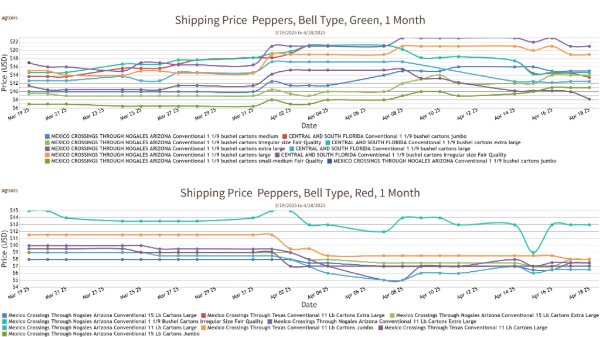Welcome to Blue Book!
Are you ready to join the thousands of companies who rely on Blue Book to drive smarter decisions? View our plans and get started today!
Still have questions? We’d love to show you what Blue Book can do for you. Drop us a line– we’ve been waiting for you.

The pronunciation of chayote rhymes with “coyote.”
MAYBE! Sechium edule is a squash that goes by several names, including ‘vegetable pear’ and ‘christophine’—and depending on pronunciation, could rhyme with the wily cartoon character who’s always trying to catch the roadrunner.
Chayote is usually pronounced “chee-yo-tee,” and is native to Mexico, where its nutrient-rich flesh and mild, gentle flavor make it a favorite addition to many recipes including salsas, casseroles, vegetable sides, and snacks.
According to Robert Schueller, director of public relations for Los Angeles-based Melissa’s/World Produce, the humble chayote has moved from a staple of Central American cuisine to become a truly global presence, found and consumed on just about every continent except Antarctica.
Growing in warm climates, chayotes have become commonplace, although most U.S. varieties—lime green in color and pear-shaped—come from Mexico, Guatemala, and Costa Rica. Curiously, “Chayote squash botanically is a fruit, but is thought of as a vegetable because it is not typically eaten raw,” points out Schueller.
Low in sodium and packed with iron, calcium, and fiber, the chayote was first vegetable adopted in America by Cajuns in Louisiana, who call it a mirliton. Whatever you call it, it’s low in calories, easy to prepare, and growing in popularity every day.
Puerto Rican cuisine is virtually indistinguishable from Spanish cuisine.
FALSE! While Puerto Rican cooking owes a debt to its Spanish colonial ancestry, it is one of the richest and most diverse cuisines in the Western hemisphere, drawing on Cuban, Mexican, African, Caribbean, North American, and Taino influences.
The mélange of ingredients, techniques, and origins combine into what is known as cocina criolla, or Creole cuisine, reflecting the many ethnic groups and cultures that made Puerto Rico what it is today. One of the key components of Puerto Rican cuisine is the papaya, the tropical fruit that, according to Mary Ostlund, marketing director of Brooks Tropicals, owes its profile in America to none other than Christopher Columbus.
“Columbus explored not only the lands of the New World,” Ostlund explains, “but the foods of all the places he planted the Spanish flag.” The well-known explorer called papaya ‘the fruit of the gods.’ Other important elements of Puerto Rican cuisine are black beans, coriander, cacao, okra, taro root (known locally as yautia), a starchy potato-like tuber known as apio, and the Indian yam, or yampee. While the Spanish influence is undeniable, many of these ingredients are unfamiliar on the European mainland but are dear to cooking and appetites of Puerto Ricans.
The pepino dulce or ‘sweet cucumber’ is neither sweet nor a cucumber.
TRUE! While the pepino dulce, or sweet cucumber, definitely looks like a cucumber, it isn’t. Sometimes called a melon pear, this juicy item is also neither a melon nor a pear. And while it can be sweet, with a creamy and moist interior and just a hint of tartness, that’s only when it is ripe.








